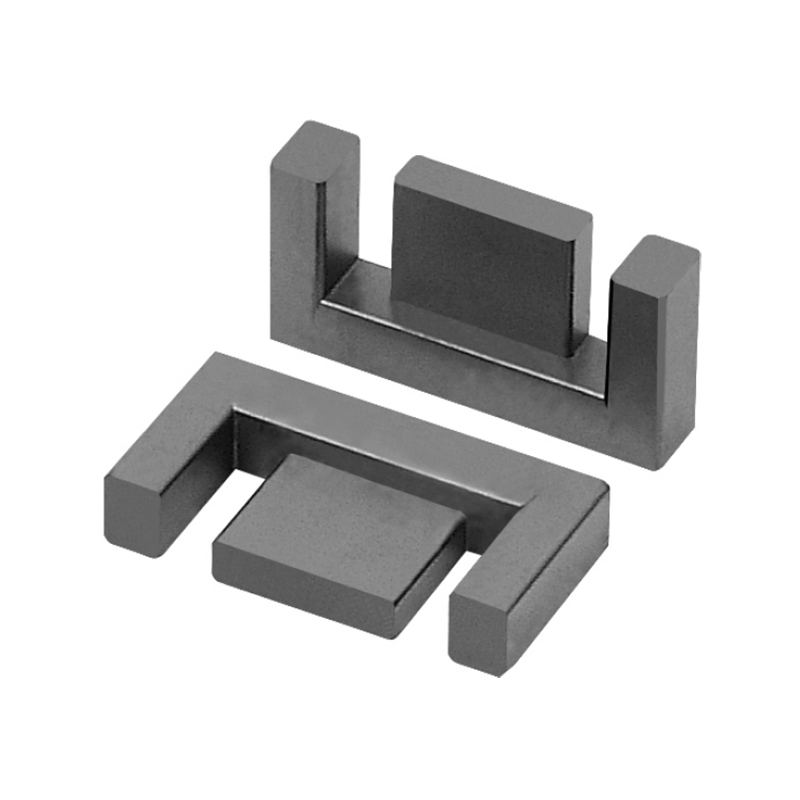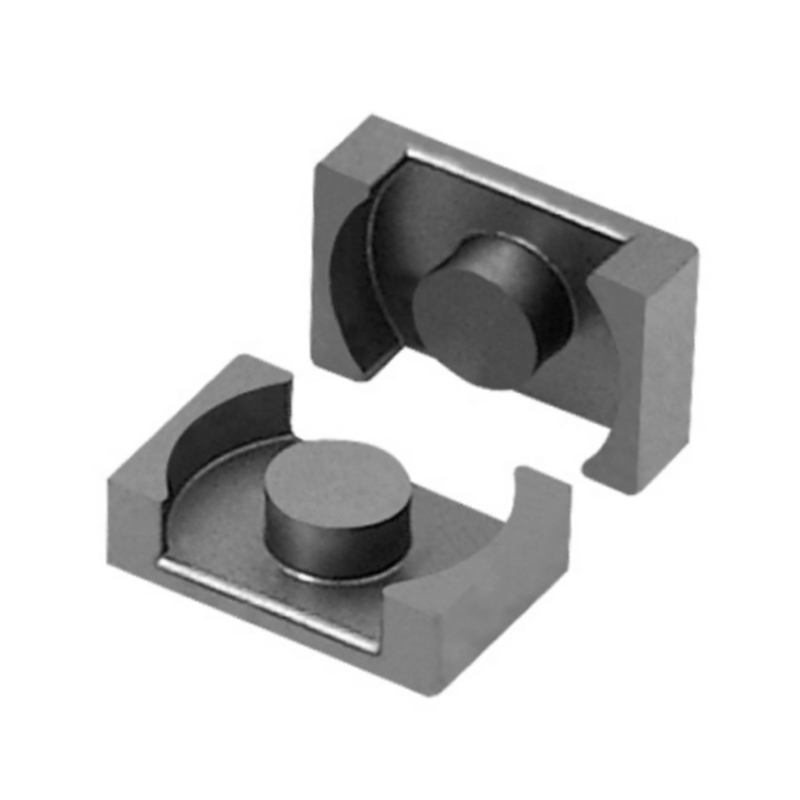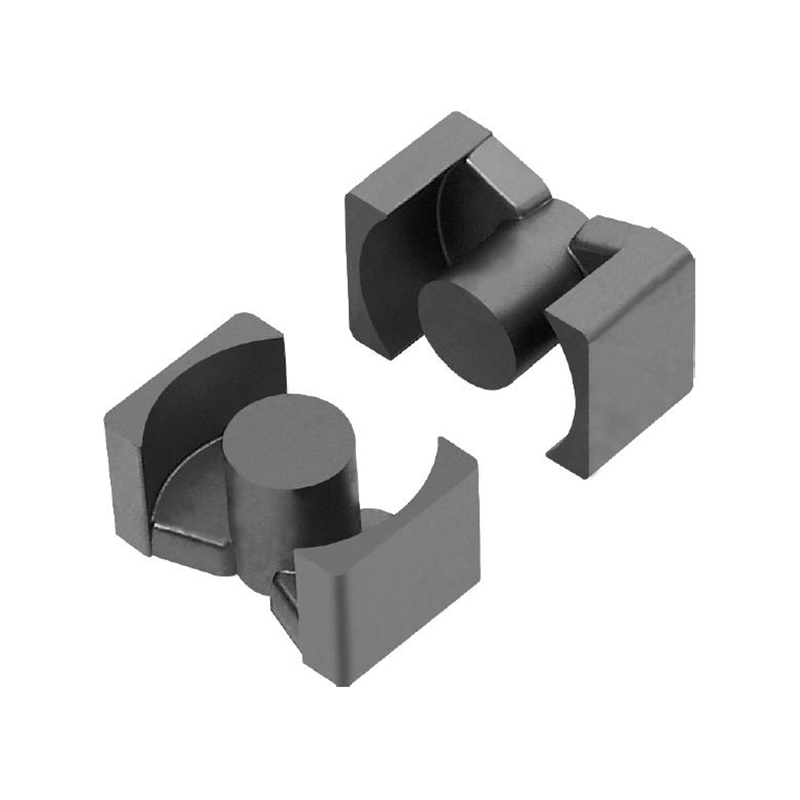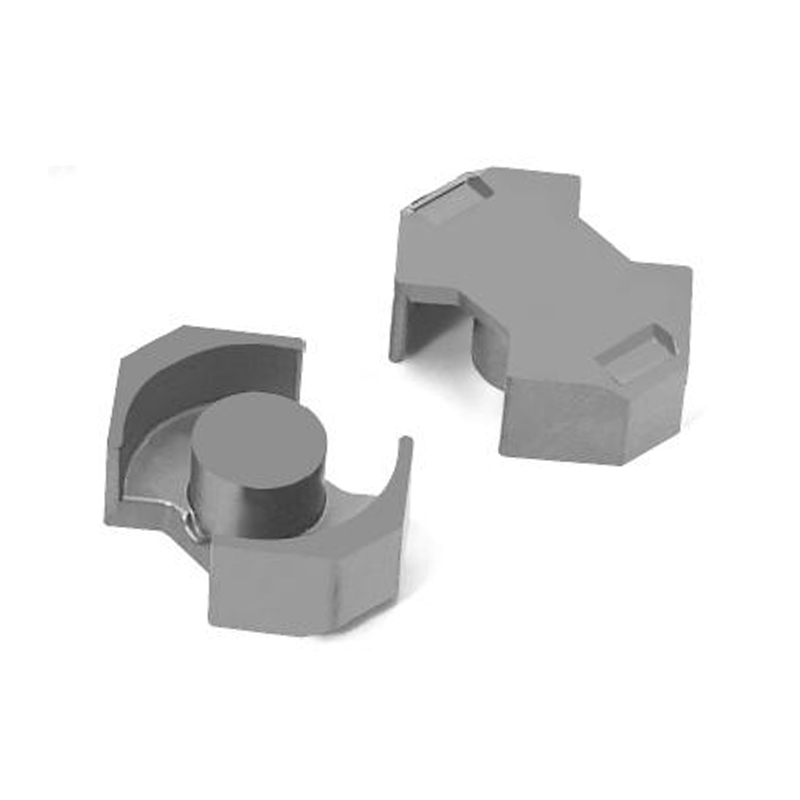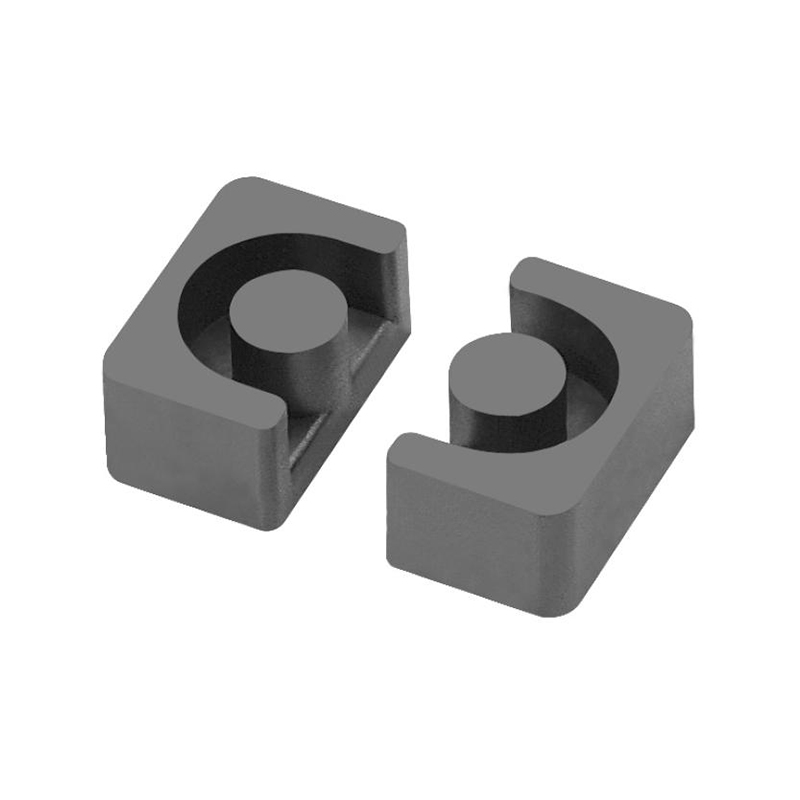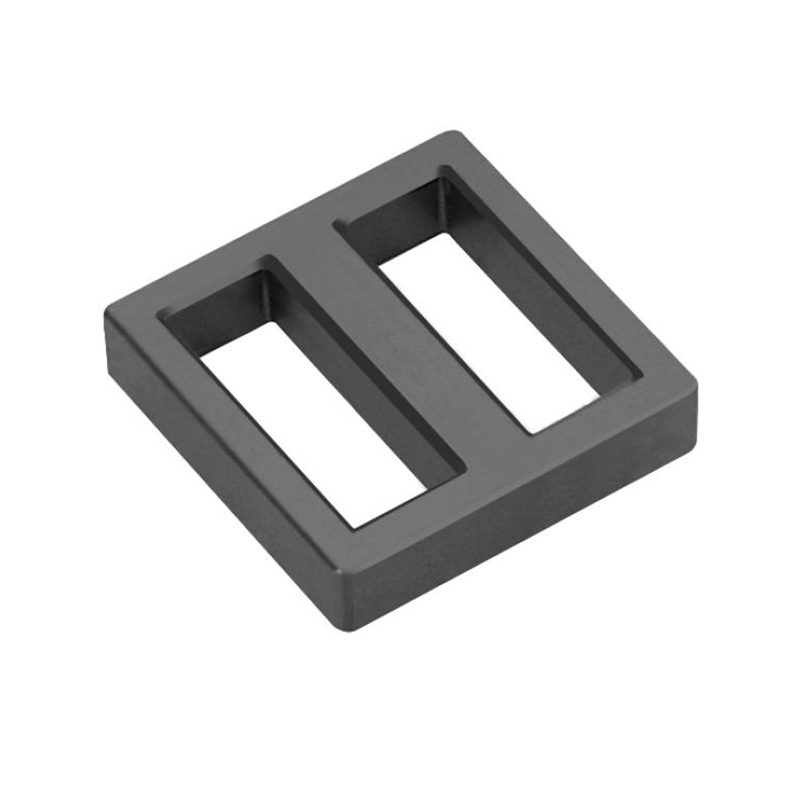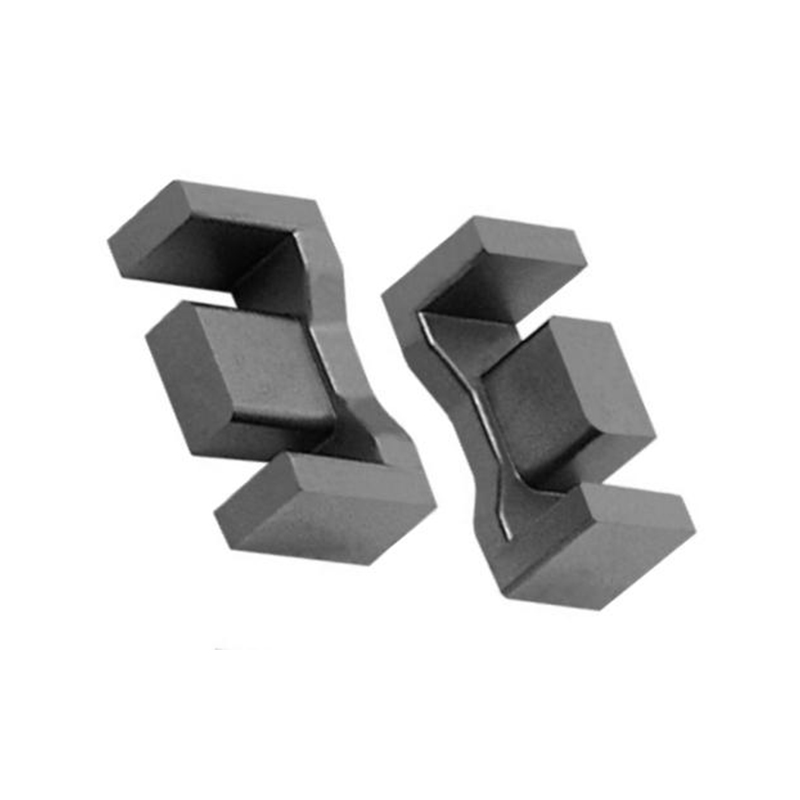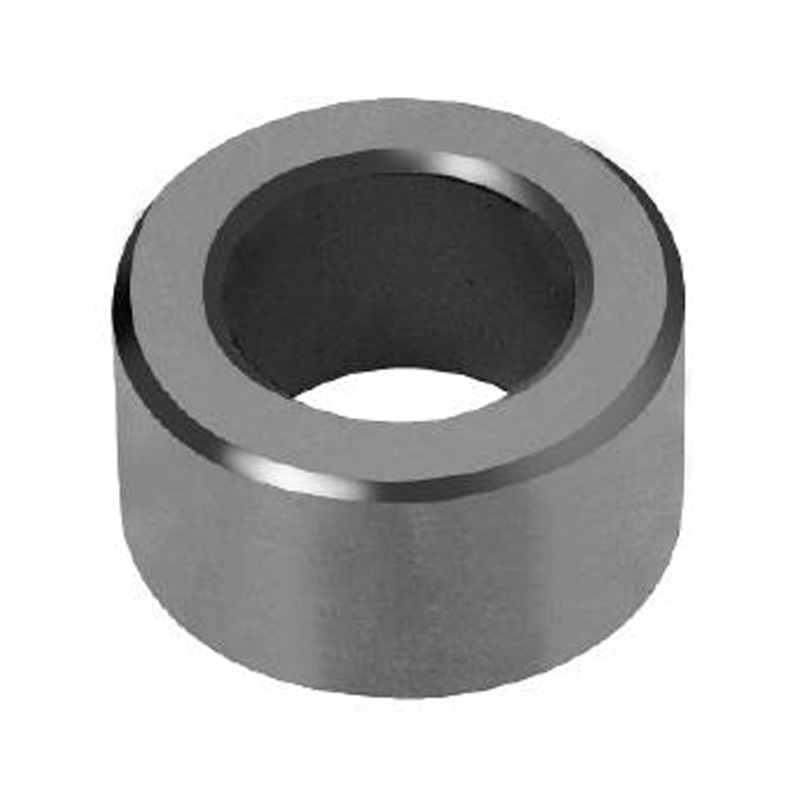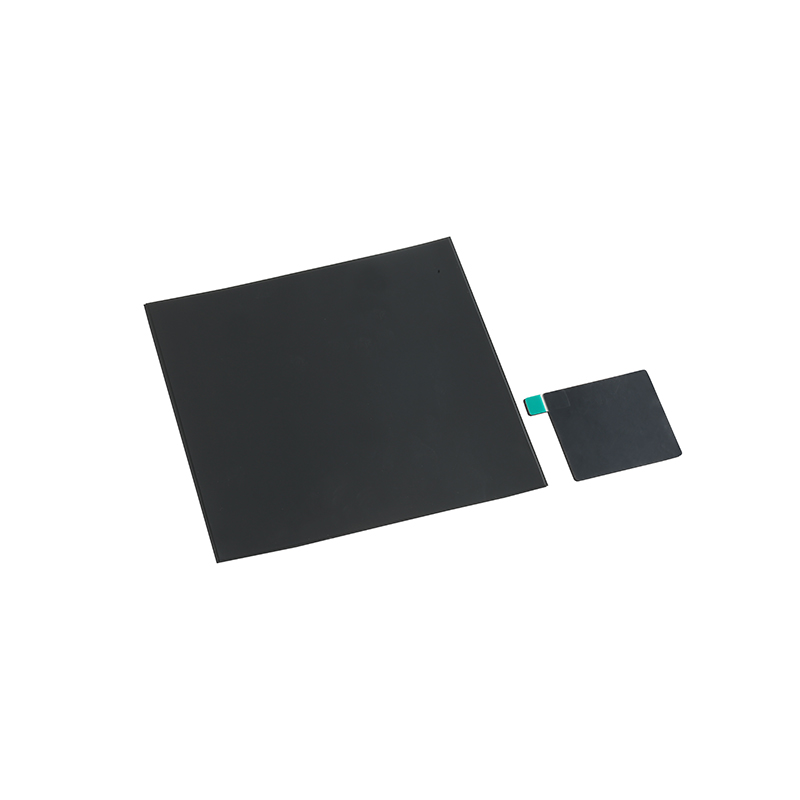Mn-Zn High Electrical Conductivity ferrite: Characteristics, Applications and Research Progress
Mn-Zn ferrite is an important soft magnetic material and has wide applications in the field of electronics. With the continuous development of technology, higher requirements have been put forward for the properties such as the electrical conductivity of Mn-Zn ferrites. Therefore, Mn-Zn ferrites with high electrical conductivity have become a research hotspot.
The structure and properties of Mn-Zn high-conductivity ferrite
(1) Crystal structure
Mn-zn ferrite has a spinel-type crystal structure, in which manganese (Mn), zinc (Zn) and iron (Fe) ions are distributed at different lattice positions. This crystal structure endows the material with unique magnetic and electrical properties.
(2) High electrical conductivity characteristic
The influence of ion doping
By appropriate ion doping, such as introducing certain high-valent or low-valent ions, the internal electronic structure of the material can be changed, thereby enhancing the electrical conductivity. For instance, research has found that changes in the concentration of Zn²⁺ ions have a significant impact on electrical conductivity. With the increase of Zn²⁺ content, the lattice constant will change, which in turn affects the electron transport path and leads to a change in electrical conductivity.
The role of microstructure
The microstructure of materials, such as grain size and grain boundary state, is also closely related to electrical conductivity. Smaller grain size and good grain boundary connectivity facilitate electron conduction, thereby enhancing the overall electrical conductivity of the material.
2. Application fields of Mn-Zn high-conductivity ferrite
(1) The field of power electronics
Power transformer
In power transformers, Mn-Zn high-conductivity ferrite can effectively transmit electrical energy, reduce copper loss and iron loss, and improve the efficiency and power density of the transformer. Its high electrical conductivity characteristic helps to reduce eddy current losses, enabling the transformer to maintain good performance even at high frequencies.
Inductor
When used in the manufacturing of inductors, it can achieve high inductance values and low DC resistance, enhancing the energy storage and filtering performance of the inductors. In circuits such as switching power supplies, it can respond quickly to current changes and stabilize the output voltage.
(2) Communication field
Signal transmission
In communication lines, as a medium for signal transmission, Mn-Zn high-conductivity ferrite can reduce signal attenuation and distortion, and improve the quality and speed of signal transmission. Especially in high-frequency communication, such as 5G communication technology, its advantages are more obvious.
Electromagnetic interference suppression
It can effectively suppress electromagnetic interference and prevent mutual interference among electronic devices. By making it into magnetic cores of various shapes, such as ring-shaped and E-shaped, it is used in filter circuits and electromagnetic shielding devices.
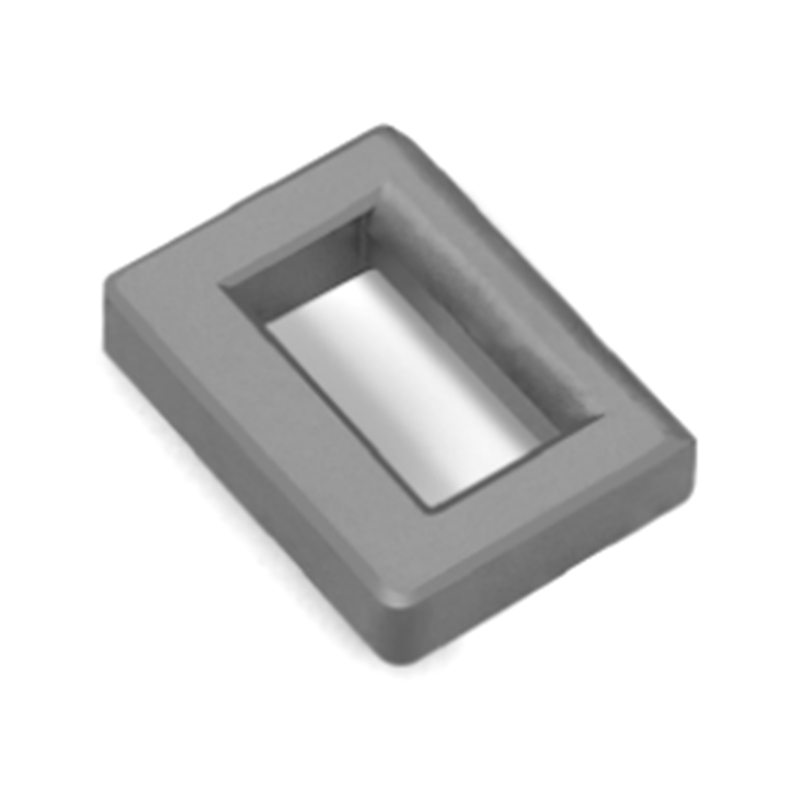
3. Research Progress of Mn-Zn High-conductivity ferrites
(1) Improvement of material preparation processes
Sol-gel method
The sol-gel method is a commonly used preparation method. By precisely controlling the composition of the sol and the reaction conditions, Mn-Zn ferrite powder with uniform particle size and high purity can be prepared. This method helps to improve the electrical conductivity and other properties of the material.
Pulsed laser deposition method
Pulsed laser deposition can prepare high-quality Mn-Zn ferrite films on substrates. By adjusting the laser parameters and deposition conditions, the thickness and microstructure of the films can be precisely controlled, thereby achieving the regulation of properties such as electrical conductivity.
(2) Research on performance optimization
The role of additives
Research has found that adding an appropriate amount of certain additives, such as rare earth elements and transition metal oxides, can improve the microstructure and electrical properties of materials. Additives can inhibit grain growth, making the grain size more uniform, and at the same time enhance the conductivity of grain boundaries, thereby further improving the overall electrical conductivity of the material.
Optimization of heat treatment processes
Appropriate heat treatment processes are crucial for improving the performance of Mn-Zn high-conductivity ferrite. By precisely controlling parameters such as temperature, time and atmosphere during heat treatment, the internal stress of the material can be eliminated, the crystal structure can be improved, and the electrical conductivity and magnetic properties can be enhanced.
4. Conclusion
Mn-Zn high-conductivity ferrite, with its unique structure and excellent performance, plays an important role in many fields such as power electronics and communication. With the continuous deepening of research and the continuous improvement of the preparation process, its performance will be continuously optimized and its application prospects will also be broader. In the future, it is expected that Mn-Zn high-conductivity ferrite materials with more excellent performance will be developed to meet the demand for high-performance soft magnetic materials in the continuously developing electronic technology.

 中文简体
中文简体